|
In 1886, Tampa was a city in transition. A small outpost on the west coast of Florida, Tampa was a community of less than 800 residents in 1880. The arrival of Henry Plant’s South Florida Railway and the establishment of the cigar industry transformed Tampa into an ethnically diverse urban center in the New South. By 1900, over 5,000 people called Tampa home. Vicente Martinez Ybor, Ignacio Haya, and other leaders of the cigar manufacturing industry relocated to Tampa on 40 acres of wooded swampland just north-east of downtown, hoping to establish a company town, a controlled environment in which cigar rollers would live and work. Ybor’s Land Improvement Company constructed low-cost houses for factory workers and promoted the area to other cigar manufacturers. In 1900, the port of Tampa received over 1,180 tons of tobacco, collecting 1 million dollars in tax receipts, making it the 10th busiest port in the nation. Cigar production reached its zenith in 1919 by producing 410 million cigars, and Tampa enjoyed the title “cigar capital of the world.” Ybor City became a bustling immigrant city within a city. Although annexed by the City of Tampa in1889, it remained set apart from its host community by geography, language, and custom. The Cuban, Spanish, and Italian immigrants established a self-sufficient “colony,” nearly independent from Tampa. Mutual aid societies, banks, clinics, hospitals, groceries, coffee houses, bookstores, and countless other services were owned, operated, and patronized by the immigrants of Ybor City. A Growing Influence “Our colony should have greater influence in the affairs of local government and civic affairs. This is particularly just since the Latins generate most of the richness existing today. Without the Latins, the importance of Tampa would be insignificant, just as it was a few years ago when Mr. Ybor came to these pine woods.” -El Diario de Tampa editorial, 1908. Newspapers were one meaningful way Ybor City’s immigrant community could stay connected to their Cuban, Spanish, or Italian identity while adjusting to and learning about life in America. News from home was essential, as was national and local news. Tampa’s English-language papers in this early period, The Tampa Tribune, founded in 1883, and the Tampa Daily Times, founded in 1893, could not meet the needs of the mostly Spanish-speaking Ybor City residents. The table below illustrates the rise in the Spanish, Cuban, and Italian populations. For the year 1900, Spanish, Cuban, and Italian immigrants outnumbered the native Anglo population of Tampa. ORIGINS AND THE EXILE PRESS The first waves of immigration from Cuba to Florida began around 1868 with the onset of the Ten Years War (1868-1878), the first significant attempt by Cubans to gain independence from Spain. Cubans emigrated to New York, New Orleans, and Key West to find work and escape the devastation of war. Cigar manufacturers like V.M. Ybor also fled the island, seeking a more stable business climate while avoiding import tariffs against finished cigars. Once in Florida, the Cuban exile community was able to organize and actively support Cuban independence from the relative safety of the United States. Newspapers printed in Ybor City from 1886-1898 were predominately revolutionary in scope and content. Leaders of the Cuban revolutionary movement in Ybor City and Florida published papers like El Yara, Cuba, La Contienda, La Nueva República, and many others. Their mastheads identified their mission and goals. La Contienda identified itself as a “Radical Cuban Weekly,” and La Nueva República was a “Weekly Independent Political.” One paper, El Expedicionario “The Expedition,” carried the masthead, “Destroy the Establishment.” The publication of these papers kept the Cuban exile community abreast of developments within Cuba. It helped focus the energies of exile communities in New York, Florida, and New Orleans toward Cuban independence. THE LABOR PRESS “…Because we read and disseminated the Labor Press, we incurred the hostility of the factory owners. We were accused of making communist propaganda. This was not true. The cigar worker paid, and one had to read precisely what the workers wanted...” With the close of the Spanish-Cuban-American War (1898-1902), cigar workers in Ybor City turned their attention to social issues, and newspapers printed locally followed suit. The labor press voiced the concerns of local cigar factory workers and linked their struggles with those of workers in cities throughout the United States. Publications like El Internacional (The International), El Obrera Industrial (The Industrial Worker), and El Voz del Esclavo (The Voice of the Slave) advocated collective bargaining, union recognition, the minimum wage, and worker solidarity. By 1910, most cigar workers in Ybor City were affiliated with a union. The Cigar Makers International Union, which published El Internacional, had a membership of around 6,000 in 1910, with five locals in Ybor City and West Tampa. As Nicholas Kanellos writes in his book Hispanic Periodicals in the United States, “A major purpose for the publication of periodicals among Hispanics has been the defense of civil and cultural rights.” The Labor Press in Ybor City offered a valuable counterpoint to English-language newspapers printed in Tampa proper. When strikes brought cigar production to a standstill, papers like the Tampa Morning Tribune sided with manufacturers. Tampa’s English-language newspapers openly encouraged vigilantism, suggesting “Leading Tampa citizens” should “take matters into their own hands.” In contrast, papers in Ybor urged workers to “Get Mobilized!” proclaiming, “The idea of the Owners is to divide us more and more until they have formed us into a useful mass for exploitation.” The Journal is a friend of the cigarmakers when they are in the right and reasonable…but they must not expect sympathy and encouragement in any unreasonable demands nor in efforts to stir up trouble in the community. -Tampa Journal, January 1890. THE TAMPA MORNING TRIBUNE AND THE 1910 STRIKE Between 1886 and 1910, conflicts between workers and owners resulted in as many as 23 walkouts. Significant strikes in 1899 and 1901 halted cigar production in Ybor City. The 1910 strike, instigated because cigar manufacturers would not recognize the Cigar Makers’ International Union, was one of Tampa’s most prolonged, violent labor disputes. The strike began in July. By October, three people were dead, several cigar workers had been shot, strikebreakers were beaten or deported, and labor organizers had been arrested. The Tampa Morning Tribune covered the events, keeping its readers informed as the strike dragged on through the summer and fall of 1910. However, The Tribune expressed the viewpoint of the cigar manufacturers, stating, “That a few agitators have fostered the strike has long been self-evident. That their actions are and have been a menace to the general public peace and prosperity is fully impressed upon the minds of the impartial.” Meanwhile, El Internacional in 1911 wrote, “Labor must organize to cope with organized capital. The rich meet in the club or parlor. Workingmen gather in the street. All the organized forces of society are against them. Capitol has the army and the navy, the legislature, the judicial and executive departments.” Born in Tampa, Jose De La Campa was a leading voice for workers’ rights. He gave his first speech at the age of 20 at the Cuban Club in Ybor City. He worked as a cigar packer. “Jose De La Campa has long been regarded as the leader of the dissenting workers. He is alleged to have been the author of many incendiary speeches and many incendiary manifestos.” -Tampa Morning Tribune, October 18, 1910. EL LECTOR AND THE PRESS “The Lectura itself was a veritable system of education dealing with a variety of subjects, including politics, labor, literature, and international relations.” -Abelardo Gutiérrez Díaz, Tampa lector Perhaps the most romanticized figure in Ybor City history, El Lector (the reader), read–and in many cases printed and published–newspapers for the cigar workers of Ybor City. From their elevated “tribunas” situated midway along a vast workroom of quiet cigar rollers, the reader presented a wide array of printed material. Daily readings usually consisted of four parts: The reading of local and international news, including reports from the workers’ countries of origin political philosophy or labor issues, and a novel. Lectors read various local, national, and international newspapers and magazines, exposing workers to multiple authors and ideas. Additionally, cigar factory readers often doubled as newspaper editors or publishers. José Dolores Poyo, a reader in the V.M. Ybor Factory, published El Yara in 1886, and other local publishers, notably Ramón Rivero y Rivero, Ramon Valdespino, and Victoriano Manteiga, all first worked as factory readers. CULTURAL MAGAZINES Although Ybor City was at the center of revolutionary activity and its workers were involved in labor activism, the press in Ybor City was not limited to revolution or trade unionism themes. Ybor City was a dynamic immigrant community with vast cultural capital and resources. The five Latin mutual aid societies were centers of cultural activity. The clubs brought internationally recognized performers to Ybor City, produced dramatic theater, Italian Opera, and Spanish Zarzuelas, and hosted dances, picnics, and other get-togethers. Each Latin club-maintained theaters; the larger clubs had seating capacities of over 1,000. Additionally, several local theaters showed first-run English and Spanish-language films. To keep up with the breadth of social and cultural activities, Ybor City supported a variety of cultural magazines offering theater reviews, social calendars, short essays, poetry, fiction, and other general-interest content. La Bohemia, El Bombin, El Astur, Il Pensiero, Palmares Social, and others offered light reading for Ybor’s Spanish, Cuban, and Italian residents. CONCLUSION Approximately 90 Spanish and Italian language newspapers have been identified as being published in Ybor City from 1886 to 1960. Throughout Florida, nearly 120 Spanish-language publications appeared during that time. These periodicals, published and written by and for the “Latin” community of Ybor City and West Tampa, help illustrate the evolution of a community. From a colony of workers and political exiles to a multicultural neighborhood of Italians, Spaniards, and Cubans surrounded by an almost all-white Southern town, the press in Ybor City offered a constant stream of “self-expression and self-definition.” Through these newspapers, the thoughts, concerns, and culture of the Ybor City community could be heard. CIGAR CITY MAGAZINE- JULY/AUGUST 2007 Art & Photography Contributors: Hillsborough County Public Library, Tampa Bay History Center, The Florida State Archives, The Tampa Tribune/Tampa Bay Times, University of South Florida Department of Special Collections, Ybor City Museum Society, private collections and/or writer. MANNY LETOManny Leto is the Executive Director for the Preserve the 'Burg in St. Petersburg, Florida. He also worked as Director of Community Outreach for the Ybor City Museum Society, then became the managing editor of Cigar City Magazine and Director of Marketing for 15 years with the Tampa Bay History Center. FOLLOW CIGAR CITY MAGAZINE
0 Comments
Your comment will be posted after it is approved.
Leave a Reply. |
Archives
June 2013
Categories
All
|
Cigar City is a Florida trademark and cannot be used without the written permission of its owner. Please contact [email protected]
© 2021 Cigar City Magazine. ALL RIGHTS RESERVED.
© 2021 Cigar City Magazine. ALL RIGHTS RESERVED.


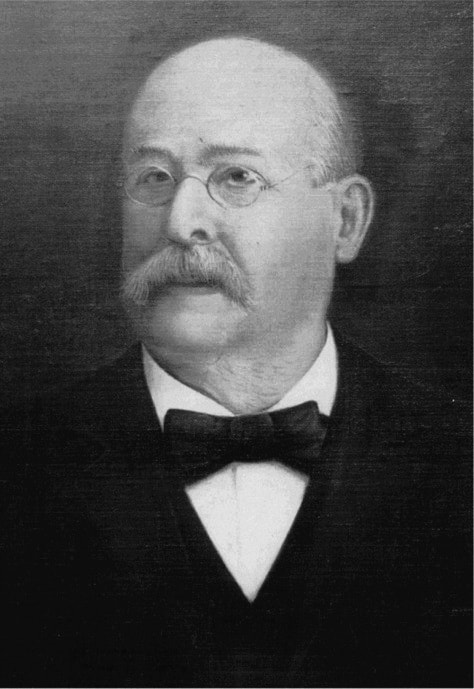
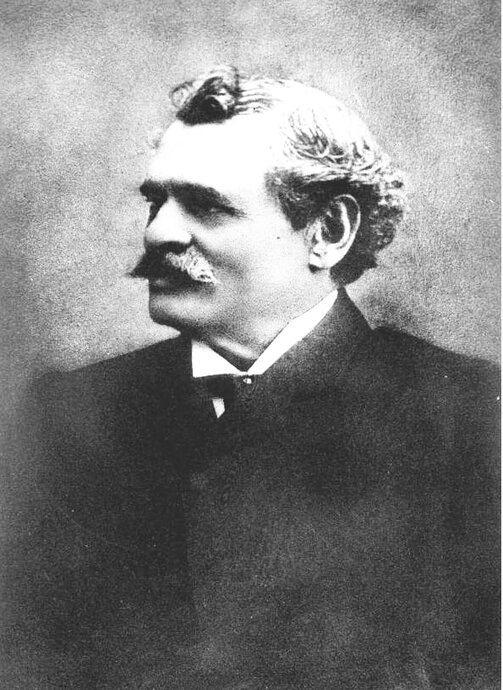
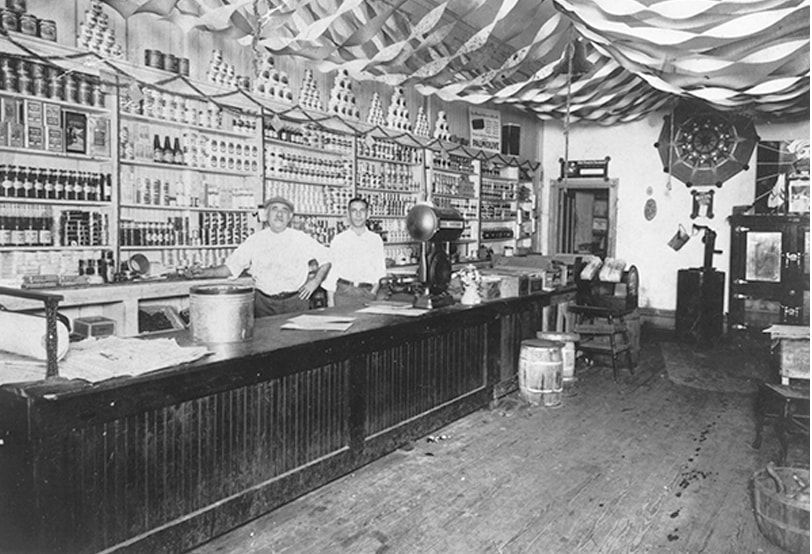
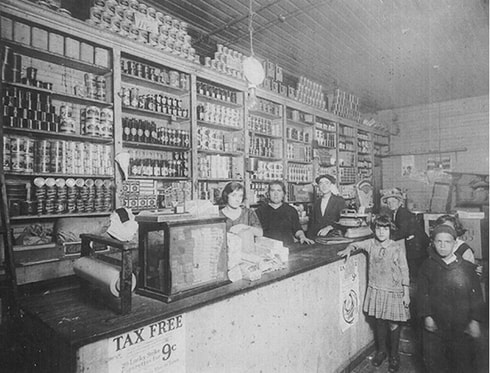
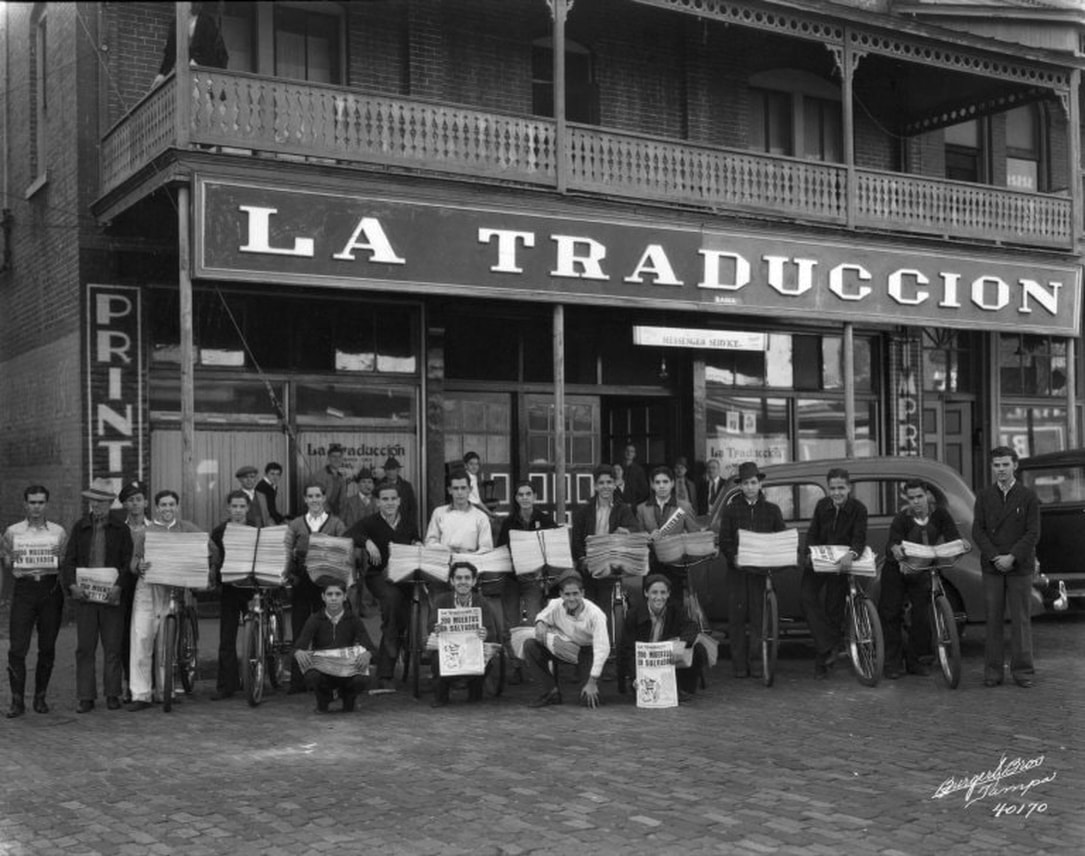
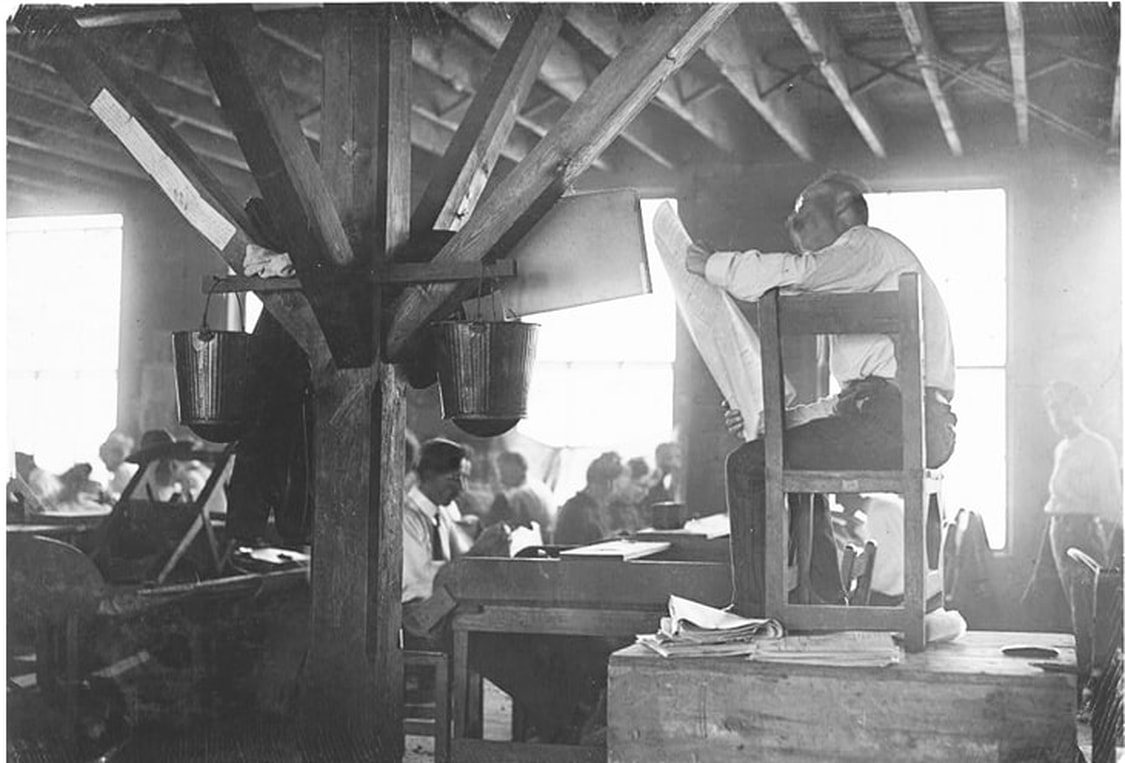
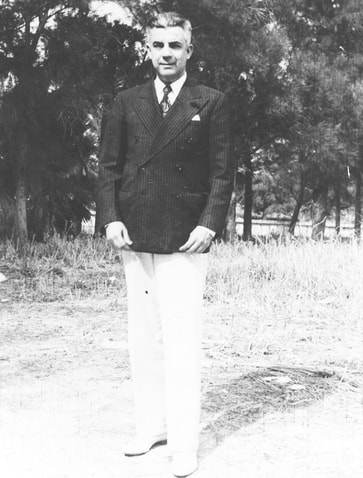
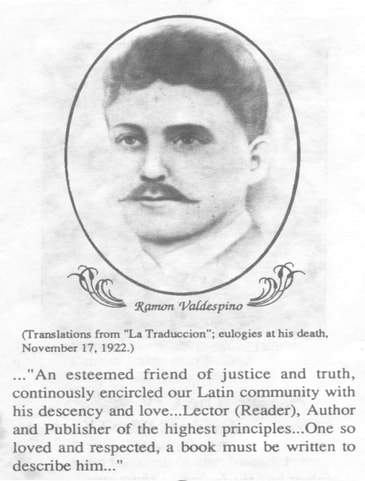

 RSS Feed
RSS Feed